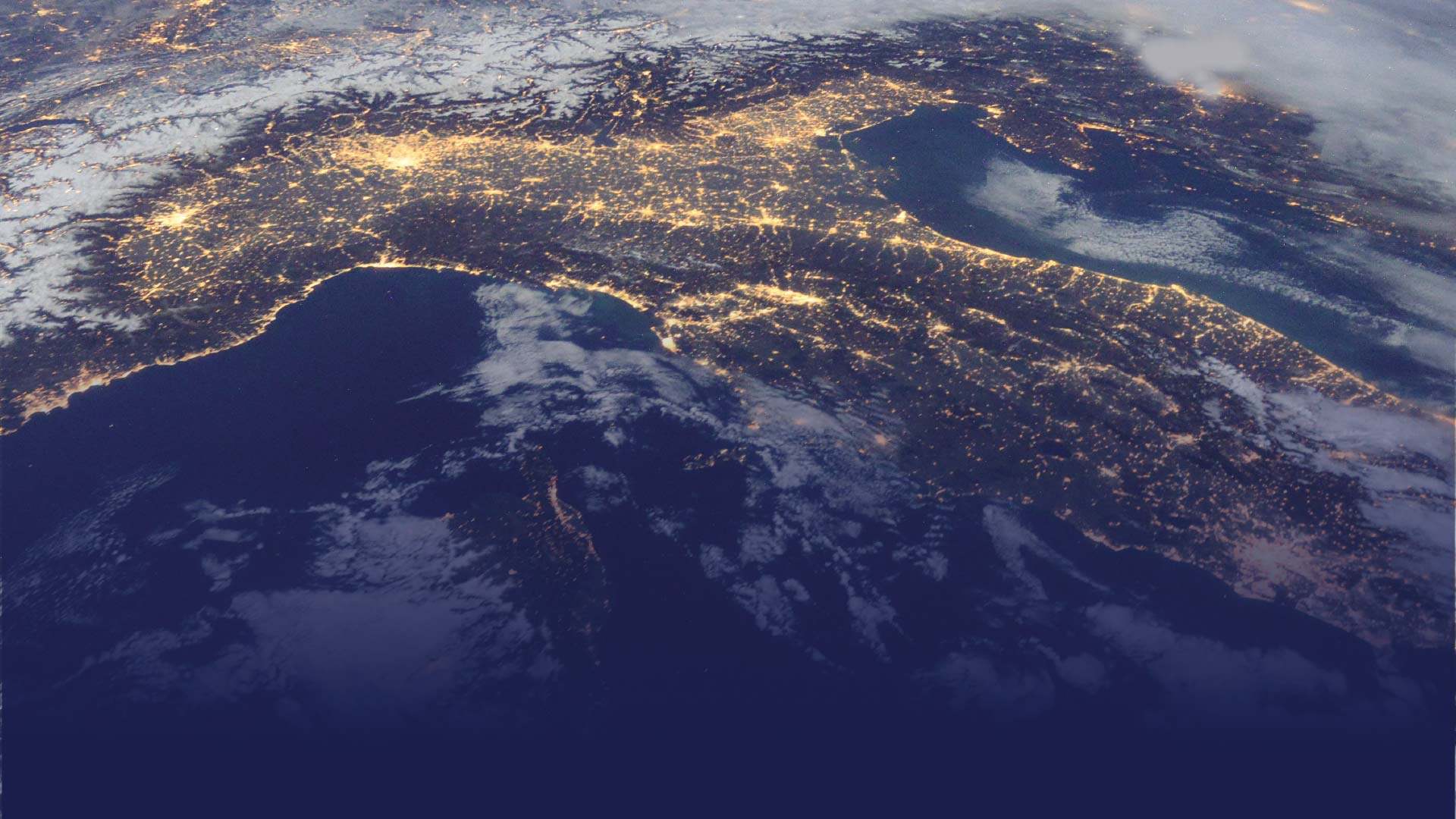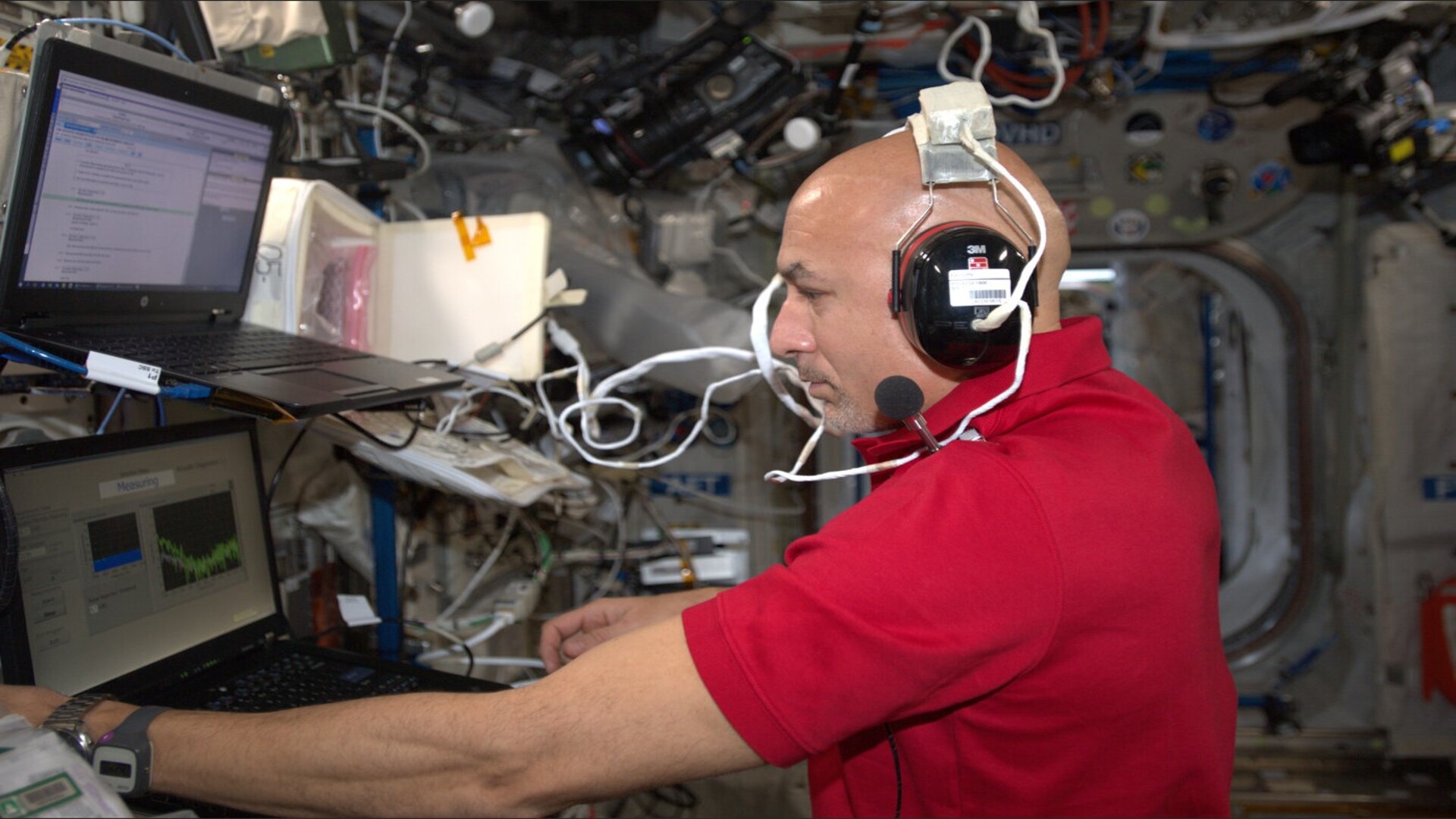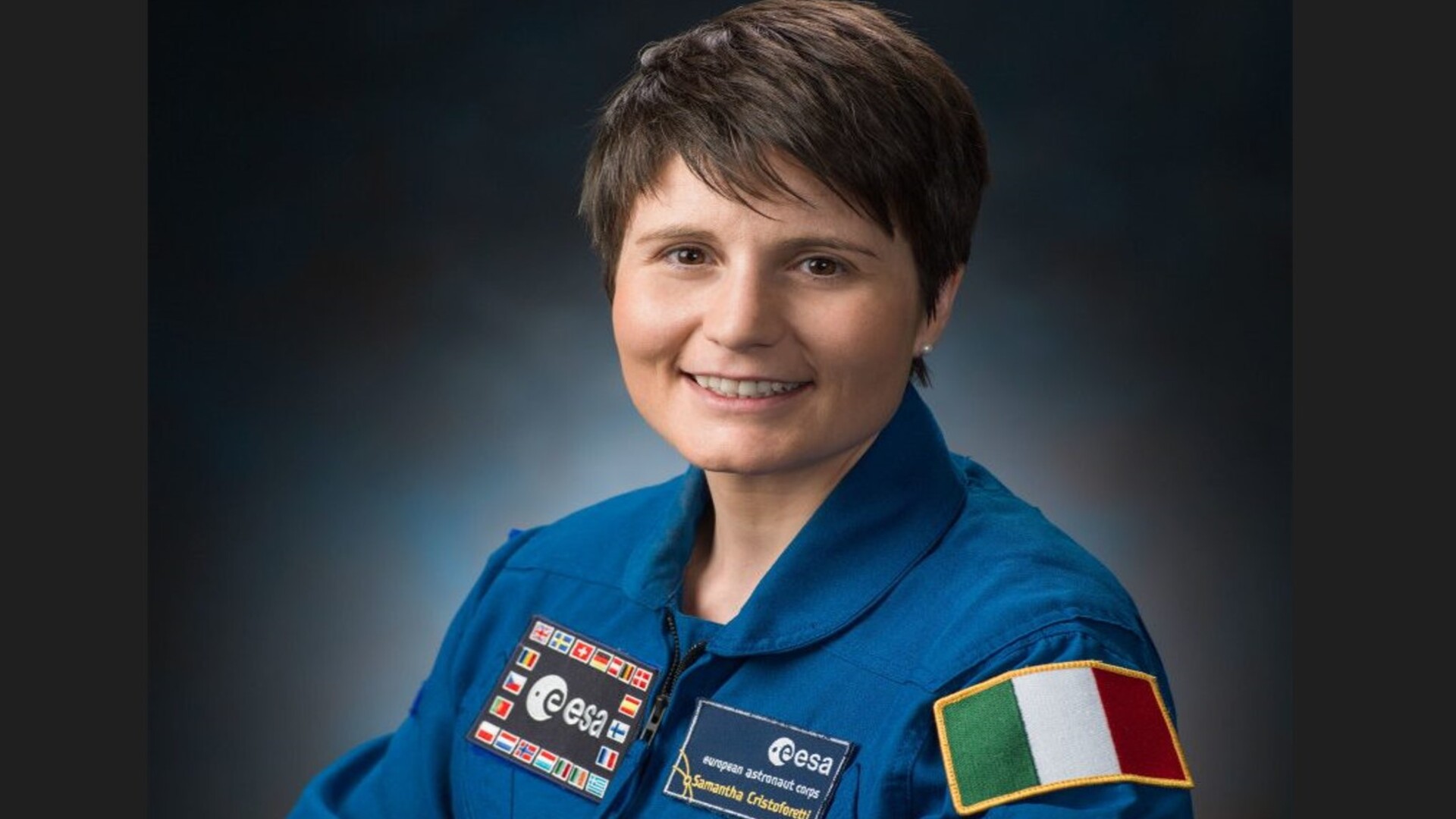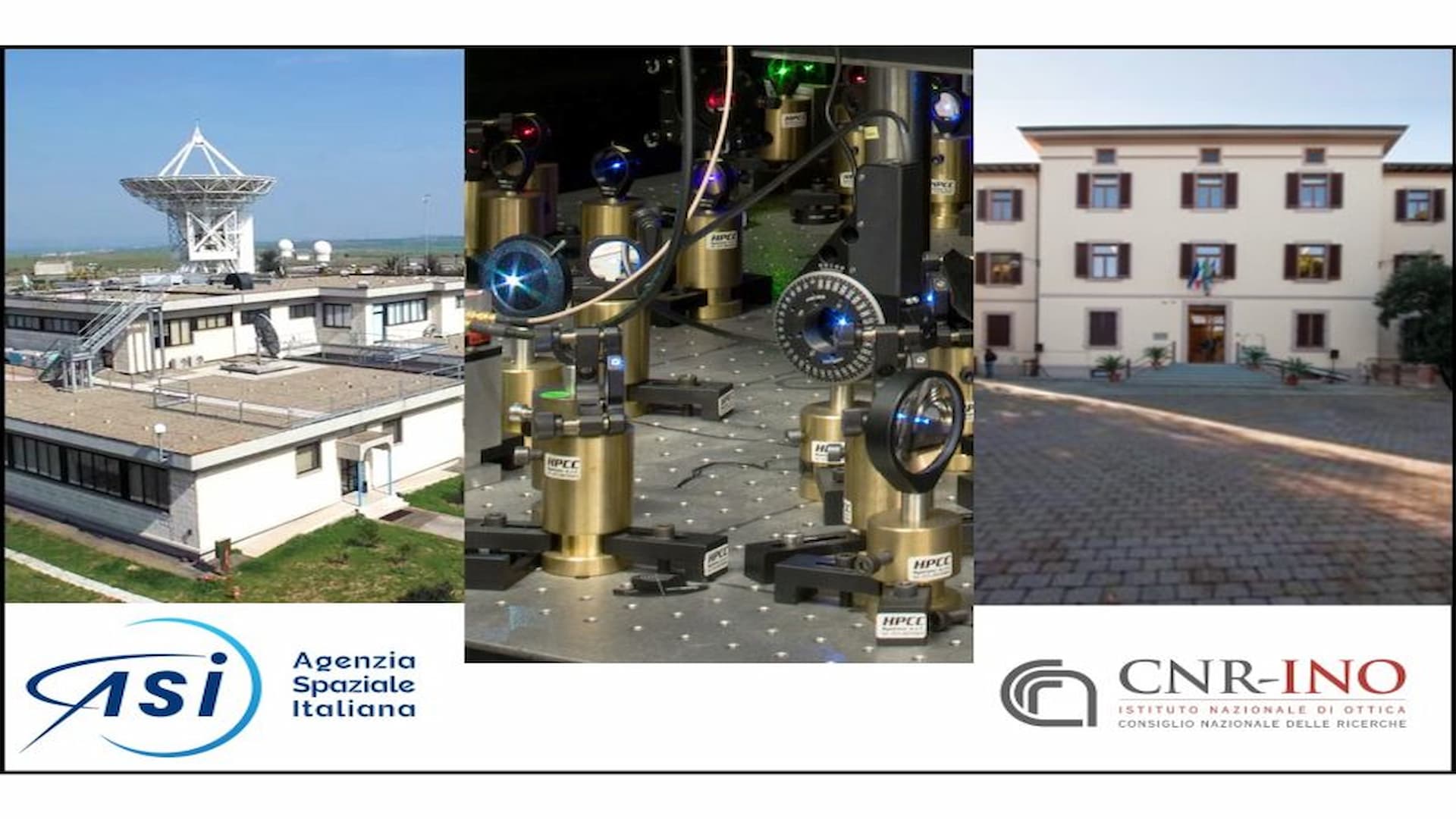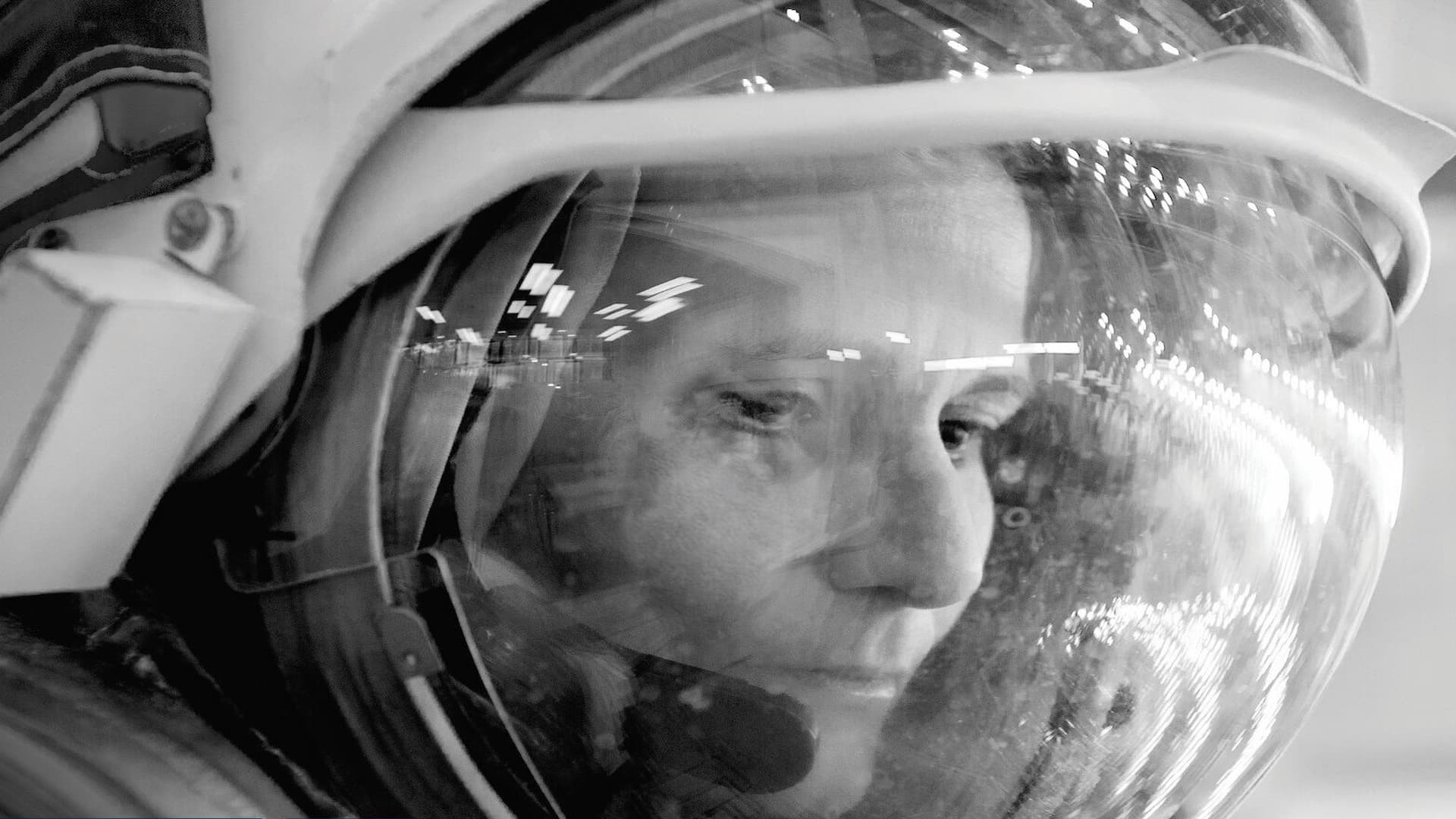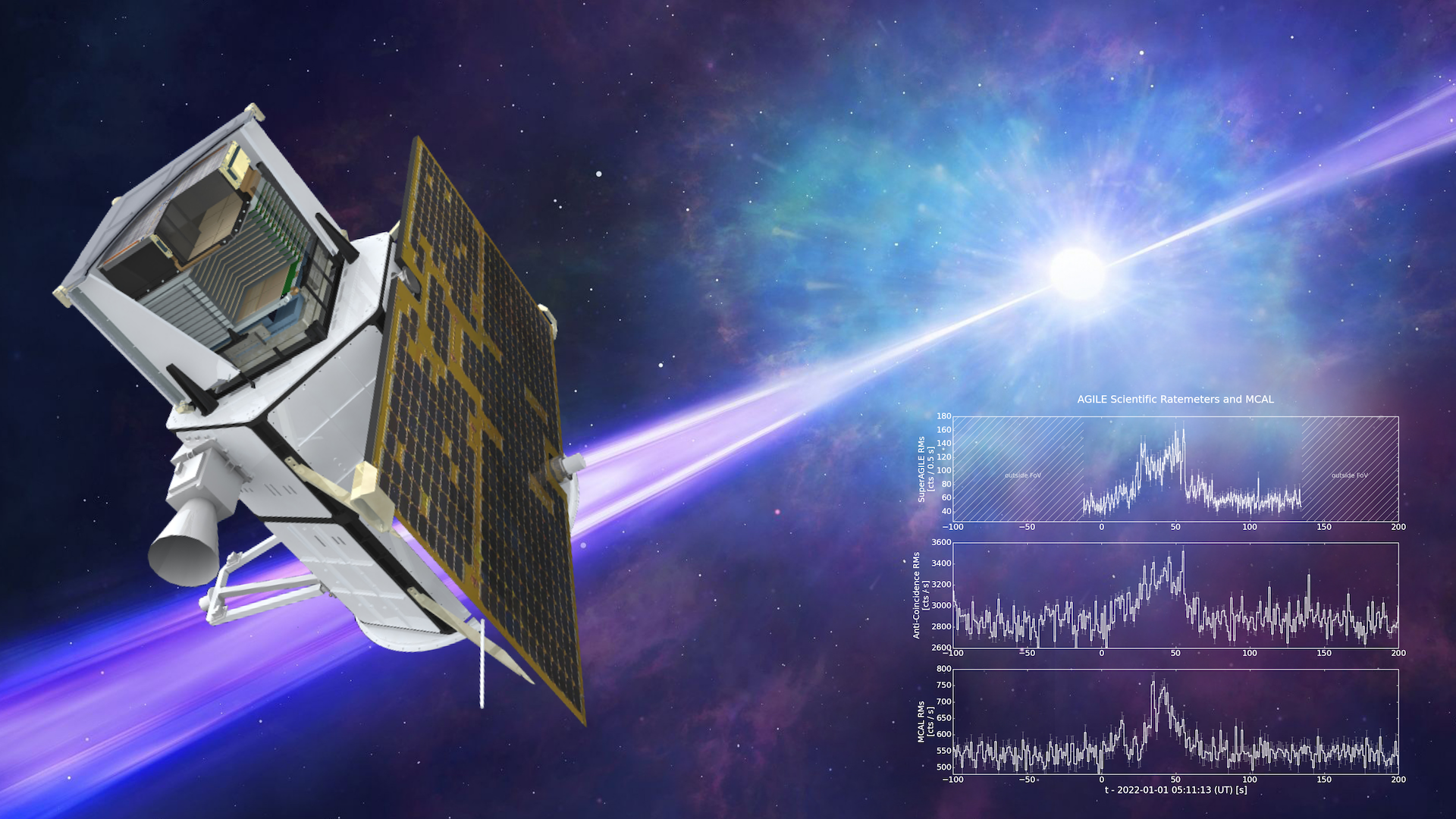The capability of Anomalous Long Term Effects in Astronauts (ALTEA) to measure the linear energy transfer (LET) of protons and helium and the kinetic energy of protons and heavy ions is to be upgraded by the addition of a new time of flight (TOF) system detector called the Light Ions Detector for ALTEA (LIDAL). LIDAL upgrades the ability of ALTEA to make measurements that can be converted, by dedicated software in real-time, into radiation risk coefficients - effectively enabling ALTEA to become the first ever dosimetric “risk meter” aboard the International Space Station.
Knowledge of the radiation environment aboard the International Space Station (ISS) is mandatory to provide information for radiation risk assessment, and to validate models and define possible countermeasures.
ALTEA is the only instrument able to obtain the “quality of radiation” parameters needed (for ions with Z>3). For a complete dosimetric assessment, ALTEA also needs to detect lighter ions (Z≤3). The new configuration of the ALTEA silicon telescopes, together with the new detector, fulfills this need and provides novel information on the kinetic energy spectra of the different components of cosmic radiation on board the ISS.
The new Light Ions Detector for ALTEA (LIDAL) hardware, when interfaced with the ALTEA detector, can be used to study the linear energy transfer (LET) spectrum of protons and helium, enlarging the acceptance window of ALTEA detectable ions. Furthermore, the time of flight (TOF) system permits the capability to reconstruct the kinetic energy spectra of protons and heavy ions, with an energy resolution that is dependent on the time resolution of the TOF system.
Models can be improved on the basis of these measurements. Eventually, the crew could know in real time the level of radiation risk parameters. Radiation risk models could have the possibility of being tested using real time data. Detailed measurements on the heavy ions can help resolve issues discovered by previous measurements, such as the lack of iron ions in respect to other experiments, and measurements of lighter ions during the possible SPEs can characterize the low-Z ISS radiation environment during such events. Finally, this con guration of ALTEA, along with the help of novel software, makes for the rst real-time “radiation risk meter” in space.

